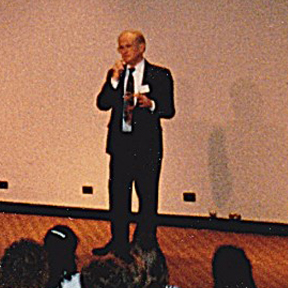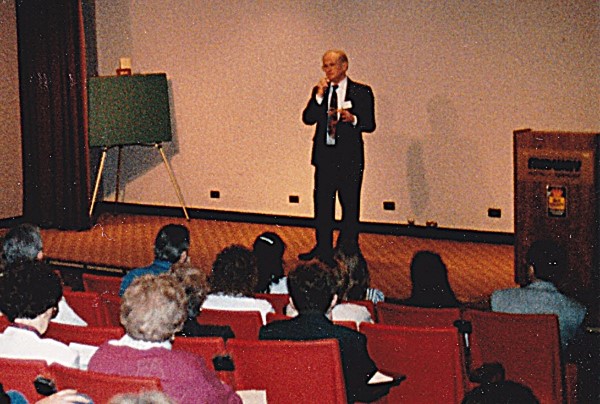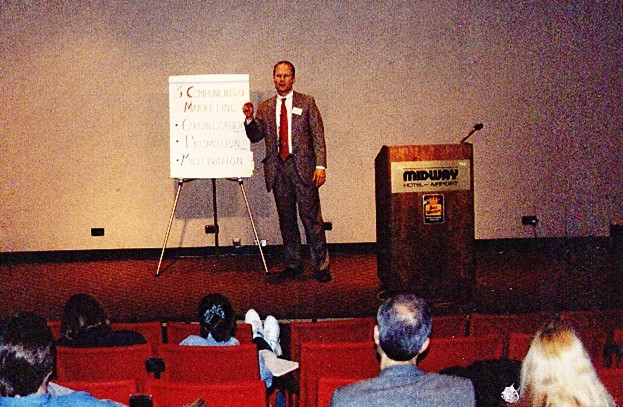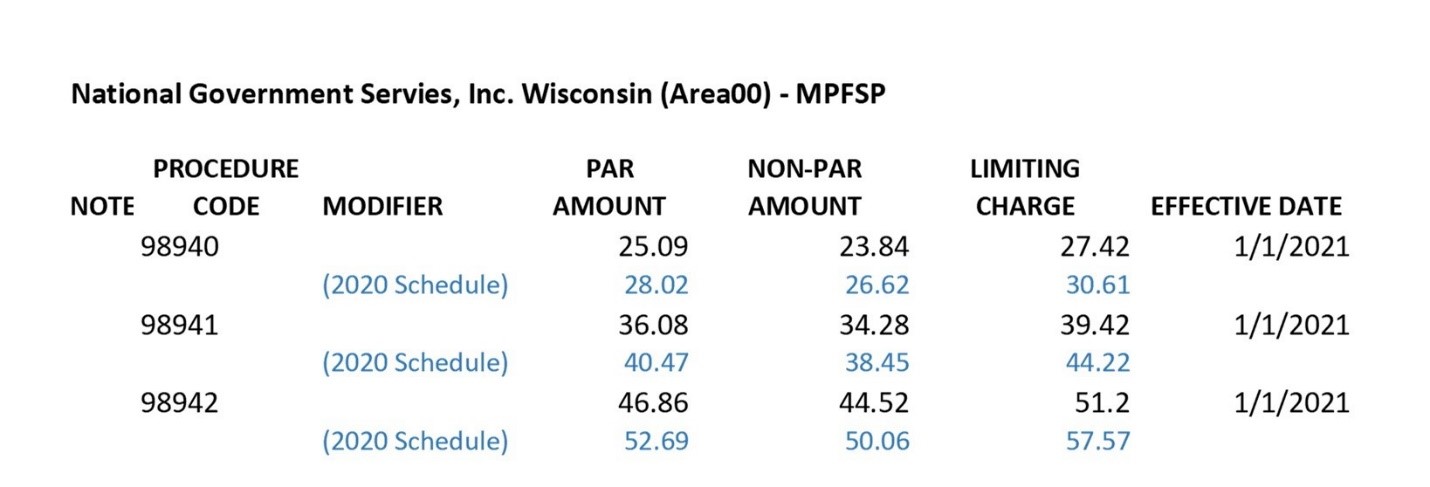
Be like a juvenile delinquent!
The chiropractic model for care follows three main stages, according to many patient educational articles. These are 1) Relief, 2) Correction and 3) Maintenance and Wellness.
I am sure it could be nuanced into other levels or worded differently, but these three make sense to me — so much that it inspired me to write a book – The Goal Driven Business.
But I had another inspiration.
I read a book about a young French-Canadian rock climber who lived in Southern California and was not finding the equipment he needed. So, he became a blacksmith and started making his own. In the late 1950s and ’60s, he started the Chouinard Equipment Co and made climbing gear for other climbers. He also wanted better outdoor gear, and so founded Patagonia, a clothing company.
The name of the book was Let My People Go Surfing. It was by Yvonne Chouinard and tells the story of how he grew Patagonia.
Patagonia, now a 50-year-old company, has done very well financially. It has also done very well for the quality of its products and services and its employees. But it is also driven by the goal of making Earth healthier.
Patagonia demonstrates three goals I believe every business has: 1) profit, 2) expert service and people, and 3) higher purpose. In my book, I reference examples of how the best companies focus, knowingly or unknowingly, on these three goals.
The best offices I have worked with over the years have also been committed to these three goals. They cared about providing the best service to their patients, but also to their staff. They were committed to helping as many people as possible be healthier. And, of course, they insisted on profits.
Chouinard, with his family, own Patagonia.
That is until this month. Valued at 3 billion dollars, Chouinard announced that they are giving the company away. He could have sold it to … Amazon, for example, or they could have made it a public company. Instead, he donated it to a fund called the Patagonia Purpose Trust. He says, “Earth is now our only shareholder.”
“Instead of “going public,” you could say we’re “going purpose.” Instead of extracting value from nature and transforming it into wealth for investors, we’ll use the wealth Patagonia creates to protect the source of all wealth.”
I encourage you to look into Chouinard’s lessons on business, which he acquired through trial and error as we do! I have some links over on the blog (see below.) There are many business lessons to learn by studying the trials of other business owners in different types of businesses.
But I guarantee you that if you commit to these three goals, in the long run, just like with your patients, your business and your life will thrive.
And one other note!
I think ol’ Yvonne would have been a natural chiropractor. He reminds me of you guys. In an interview in 2017, he says:
“One of my favorite quotes is if you want to understand entrepreneurs, study the juvenile delinquent because they’re saying, you know, this sucks. I’m gonna do it my own way. And that’s what the entrepreneur does. They just say this is wrong. I’m gonna do it this other way. And that’s the fun part of business actually.”
So, have fun, and seize the future,
Ed
For links and other references, go to our blog here: Goal Driven
Ed Petty in front of Chouinard Equipment Company, Ventura California
Patagonia home page
https://www.patagonia.com/home/
Interview with Chouindard
https://www.npr.org/2018/02/06/572558864/patagonia-yvon-chouinard
News articles
https://www.reddit.com/r/climbing/comments/xebzib/yvon_chouinard_gives_patagonia_to_charitable/







 Here in the United States, July 4th is a date we celebrate each year, commemorating the independence as colonies from Great Britain.
Here in the United States, July 4th is a date we celebrate each year, commemorating the independence as colonies from Great Britain.

 Action Step: Regularly review the mission for everyone’s job, including your own, with the outcomes it needs to produce. Keep higher-level and lower-level goals connected.
Action Step: Regularly review the mission for everyone’s job, including your own, with the outcomes it needs to produce. Keep higher-level and lower-level goals connected.
 “Call your mom!”
“Call your mom!”




 The cause of almost all relationship difficulties is rooted in conflicting or ambiguous expectations around roles and goals. Stephen Covey
The cause of almost all relationship difficulties is rooted in conflicting or ambiguous expectations around roles and goals. Stephen Covey






